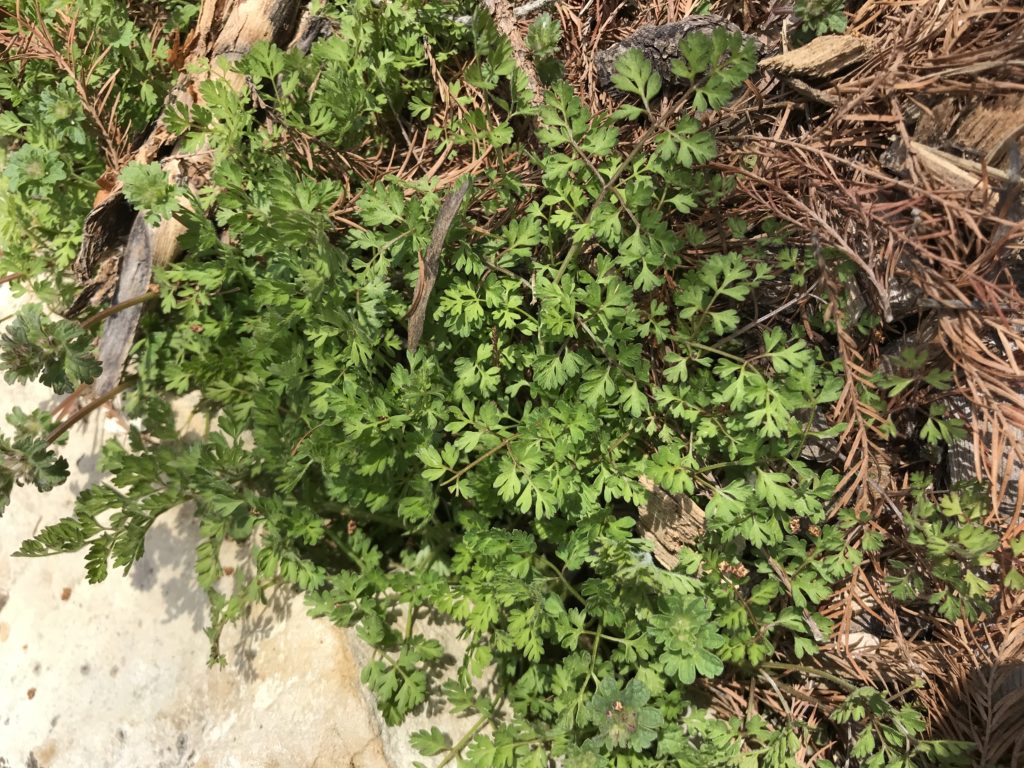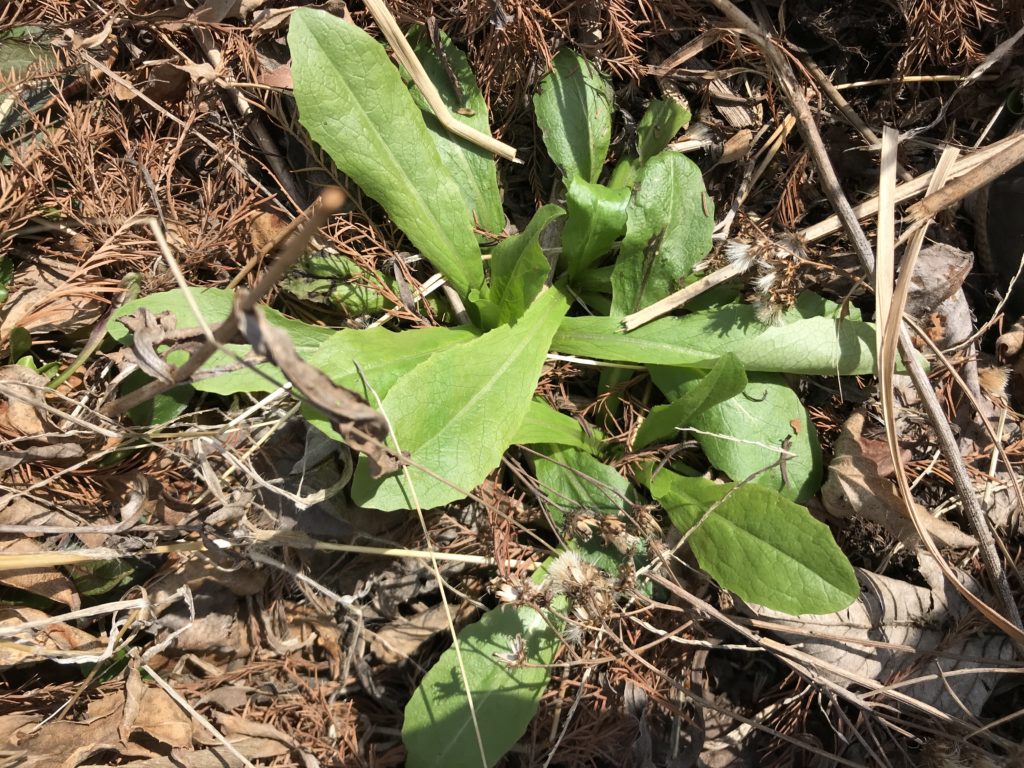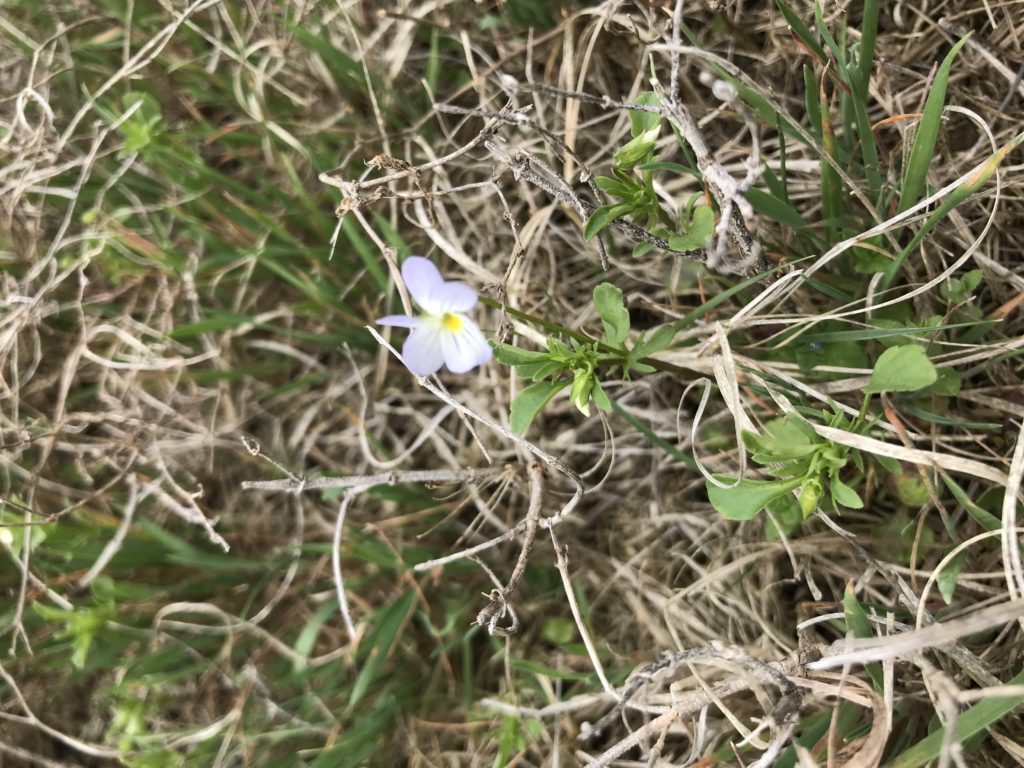Spring is finally here and what a great feeling it is to be out in the gardens again, seeing supple green buds and new growth. But that is not all I am seeing these days — weeds, weeds, everywhere! Tons of henbit, chickweed, and bindweed invading our gardens faster than I can pluck them out.
Here I provide a pictorial guide of our biggest offenders so that you might correctly identify these pests in your own garden and dispatch them quickly before they go to seed.

What is a Weed?
I don’t like to throw that word around, and if you are unclear about what I mean by ‘weeds’ feel free to revisit my blog about proper lingo related to pest plants. In this post, I am simply meaning undesirable plants. This includes plants that may be native or naturalized, but are too aggressive or unattractive to be allowed in the gardens. This is a very subjective definition, but to keep this post brief, it must suffice!


Fool Me Not
Plants are wonderful tricksters. It is often too hard to positively identify them in their early growth stages. In this way, weeds and desirable plants alike commingle in our gardens because we are afraid to accidentally pluck out something we want! Many young plants have basic, nondescript leaves and haven’t developed hairs, waxy coatings, or conspicuous colors that help humans tell them apart. Many weeds right now are in their rosette stage, without flower stems to distinguish them. So you must find other ways to suss them out! Each photo caption includes an ID tip to help you out.


Keep an eye out for part two of this topic, wherein I dive deeper ‘into the weeds’ about which weed species are truly pests and which should be allowed to happily coexist in your landscape.
Happy weeding!
